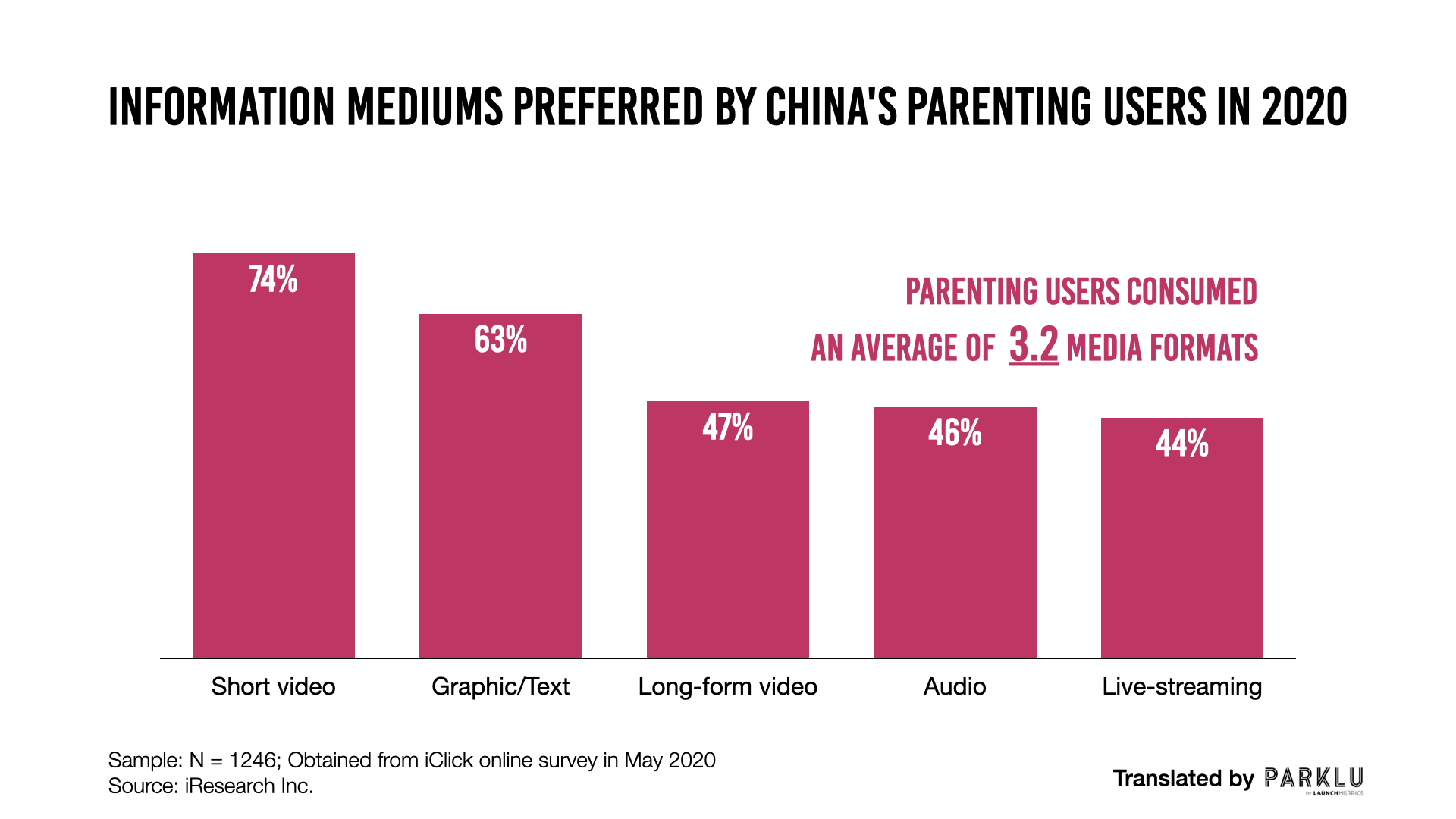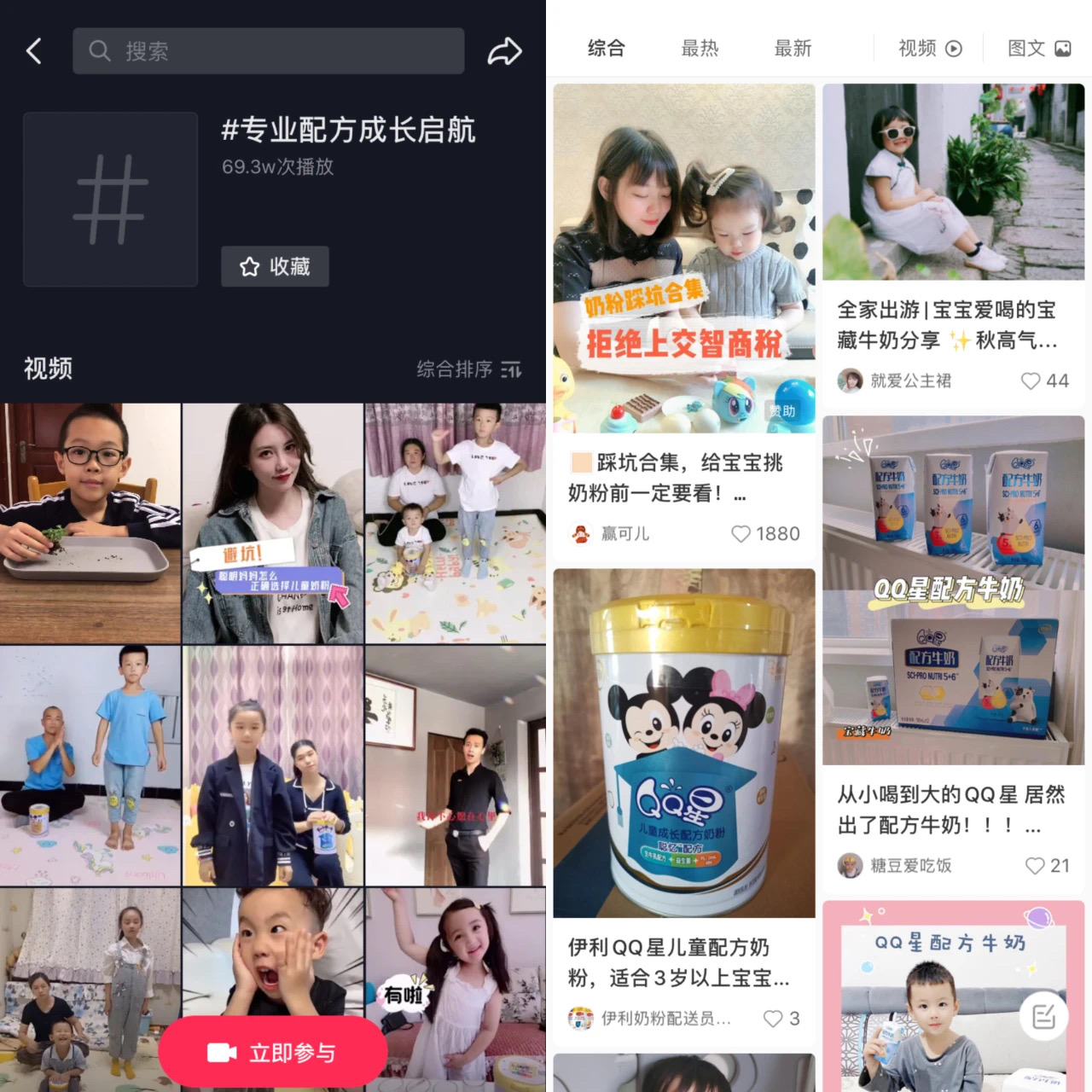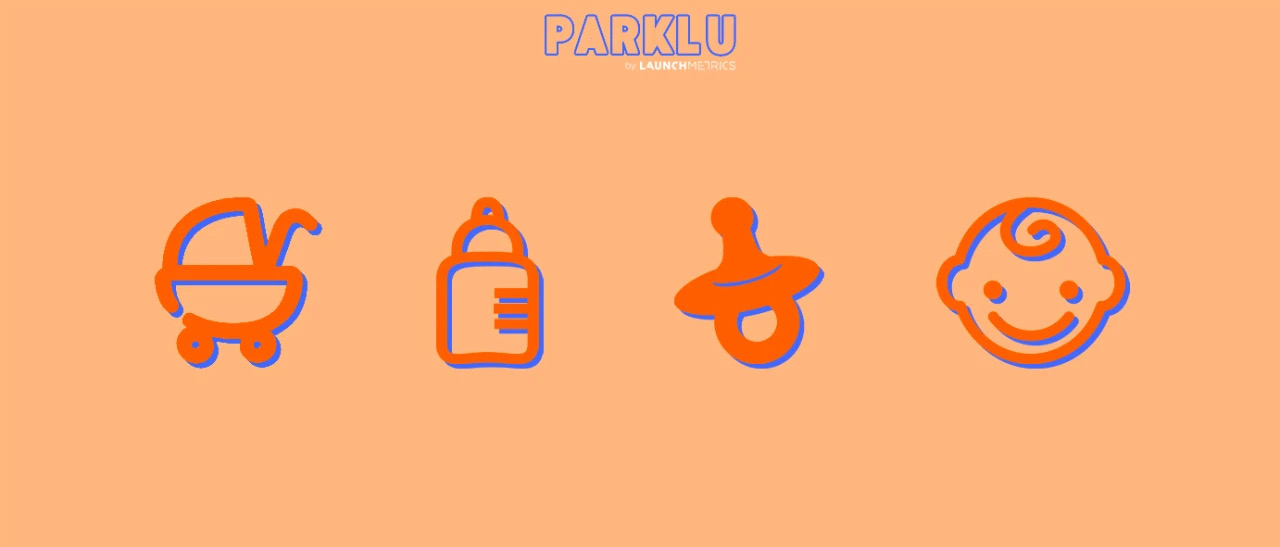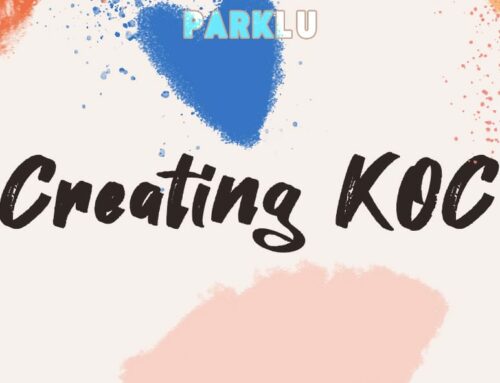Growth in e-commerce for parenting brands has slowed significantly in recent years. A 2019 report on the market for parenting and baby products showed just 8.6 percent year-on-year growth for 2019, which was half the figure for the previous year. Those disappointing results were just the latest in a downward trend that has seen growth in the sector stall since the 111.4 percent highs recorded in 2014.
Naturally, parenting brands are looking to KOL marketing to help give their e-commerce sales a much-needed boost. So how can parenting brands work with KOLs to achieve their goals? What kind of tactics are they using now? And what sources are parents referring to for information and recommendations on baby products?
The Social Media Habits of Parenting Industry Consumers
The parenting industry places great importance on building trust and deep lines of communication between brands and parents. New parents are regarded as more intentional consumers, and they seek out recommendations from their community before buying. According to one survey, 81 percent of mothers look to acquaintances and/or KOLs to inform their purchasing decisions.
A 2020 study on consumer habits in the parenting sector carried out by iResearch showed that new parents source information from 3.2 different media formats on average, including short-video, text-and-image posts, long-form video, and live-streams. Just under half of all consumers (44 percent) surveyed prefer using live-streams for parenting information or to inform purchases. Short-video was the most commonly used format, with 74 percent of respondents, while 63 percent said they got parenting information from text-and-image posts.

Many mothers learn about products via KOLs and celebrities, as well as browsing top-selling items on Taobao. Within a given product selection, they tend to prefer buying the more expensive or imported options. However, word-of-mouth recommendations are also very important to mothers.
KOLs fit neatly in with these consumer patterns and habits. By fostering close connections with followers, KOLs create an interactive marketing loop that starts with fans interacting with the KOL’s content, leading to purchase and finally to the fan sharing the experience with their own network. KOLs who focus on parenting issues can be a perfect foil for brands in the parenting industry. These collaborations with KOLs can effectively help parenting brands establish their image in the mind of parents or build a reputation for thought leadership, as well as ultimately driving conversions for the brands.
Research shows that mothers look to WeChat and dedicated parenting apps for obtaining and sharing information. However, brands should also know that comment sections that run alongside parenting content are lively hubs where parent communities will share experiences and engage in discussion.
Consumers in China’s third and fourth-tier cities rely more heavily on social platforms to seek out reliable information on infant healthcare and early years education, for example from professional KOLs in these fields. Those vertical-specific KOLs inspire a high degree of loyalty and “stickiness” from their followers. As a result, some brands are shifting their marketing efforts to focus on the kind of consumers in the third and fourth-tier markets who look to professional parenting KOLs for recommendations and guidance.
How Brands Can Promote Themselves Using Douyin, Xiaohongshu, Weibo and Other Platforms
We know that short video is the most commonly consumed format among consumers of parenting products, so Douyin is a natural target. Parenting brands can use the platform’s variety of functions and features to engage Douyin users, including setting up their own stores, mini-programs, live-streams, challenges, and discussion topics. By enticing users to interact with the brand’s content, the brand enhances its influence among these consumers.
Of course, live-streaming is key when it comes to KOL collaborations. Brands in the parenting sector have used Douyin productively to host live broadcasts with KOLs, tailoring content that leaves consumers with an impression of the brand as a professional source of parenting advice or goods. The effect is compounded when viewer traffic is paired with advertising and private traffic campaigns that may be run in conjunction with a KOL or on the brand’s owned networks.
Xiaohongshu is more content-oriented than some platforms, so brands promoting here should understand the value of Xiaohongshu KOLs who have thousands, or tens of thousands, of followers. KOLs on this platform with less than 100,000 followers are relatively cost-effective to work with. In terms of the content itself, brands should work closely with their KOL partners to optimize and standardize features like keywords, titles, image requirements, topic selection, and image tags.
Learning to select popular keywords is another important skill on Xiaohongshu. By choosing the right keyword, brands can usually score a hit campaign by racking up fewer than 500 “notes” (Xiaohongshu posts) from regular users along with mentions from a small number of KOLs.
Information and discussions spread on Weibo mainly via relationships between regular users. On Weibo, there are more than 27,000 topics related to parenting and childcare. Almost 800 of those have been read over 100 million. Trending topics on Weibo can create an enormous buzz among users in a short period of time, but can also bring lots of new followers and draw attention to a specific piece of content.
Parenting Brands Case Study: Yili QQ Star Children’s Milk Powder

Yili QQ Star Children’s Milk Powder used customized KOL content as part of its product launch, driving up consumer motivation to make a purchase. The brand teamed up with Sanlian Life Weekly, kicking the campaign off on Children’s Day (1 June) with an appeal to consumer’s emotions. Next, Yili collaborated with the popular science media outlet “Feidie Shuo” to create engaging, informative videos for children.
These initial efforts laid the groundwork for the campaign, raising awareness before the major push began on Douyin and Xiaohongshu. Yili used a combination of topic-relevant KOLs and KOCs for content delivery and optimization. On Douyin, QQ Star Children’s Milk Powder used a hashtag and created viral background music, partnering with parenting KOLs to drive the campaign. KOCs helped to compound the effect, leaving consumers with a clear understanding of the product and a genuine sense of the brand’s value.









Leave A Comment